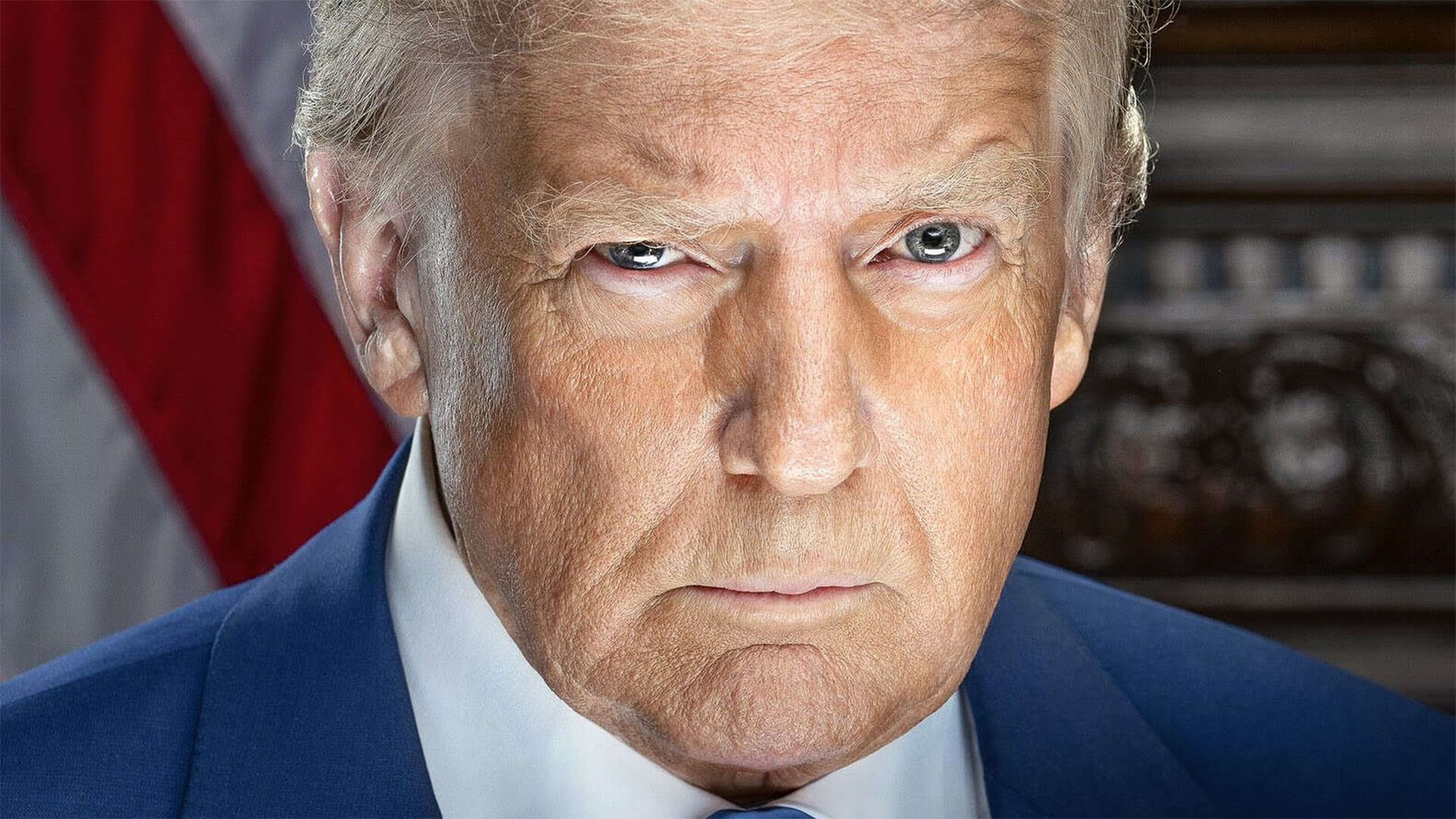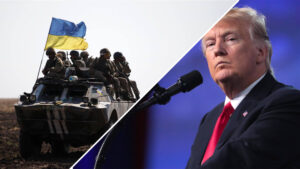Robert Lighthizer, the former US Trade Representative during Trump’s first term, declined to return for a second term? But why?
Well, Lighthizer had all the credentials and strategy, but he saw the s*** storm he was about to walk into. Between the federal bureaucracy breakdown, the hollowed-out trade office, and the pure chaos of navigating hundreds of Trump’s trade deals at once, it wouldn’t take a genius to know to sit this one out.
The current USTR, Jamison Greer, walked into this storm on his first day and, to no fault of his own, hasn’t made any meaningful trade progress. Frankly, I’m not holding my breath for any new deals.
Transcript
Hey all, Peter Zeihan here, taking a question from the Patreon page today. Specifically, it’s about Robert Lighthizer, who was the trade representative under the first Trump administration, but who declined to accept a trade role in the second. The question is, if Lighthizer had come in with his general strategy of isolating China been successful. For those of you who don’t remember, Lighthizer has been an old hand in American trade law going back 40 years, and has always approached it from a far more bare knuckle approach than some of the more, shall we say, genteel negotiators.
He was really, really, brass tacks when it came to say, the Plaza Accords during the Reagan administration or trade deals with the Japanese. This time around, his general approach was to strike meaningful trade deals with all of America’s allies first, and then basically bring everybody together into a solid block to force concessions out of the Chinese.
Now, do I think that would have been a better strategy than what the Trump administration is doing, which is basically picking a trade fight with everyone at the same time? Well, yeah, but there’s really no point in crying over spilled milk because Lighthizer did not take the job. Now the question is why not? And what does that mean for the trade authority?
Now Robert Lighthizer is getting up there. He’s, I believe early, late 60s, early 70s. Now, I’m really not sure. Anyway. It’s not spring chicken. He’s been doing this since the Reagan administration. So it makes sense that he wouldn’t want to work Washington hours for another four years. But more importantly is the structure of what is happening at the federal government and how that limits what the trade representative can do.
Two things here. Number one, when Trump came in, he cleared out the entire upper echelon of senior civil servants. Only about 5% of the men have been replaced. Normally when a president comes in, they just take out the top layer and leave all the people with the institutional knowledge. But Trump just fired everybody. And so all of the federal bureaucracy is basically having a problem functioning because the upper middle and upper management are simply empty.
So there’s no one to carry out Trump’s orders. He’s got some people at the top with the secretaries and maybe a few undersecretaries. And that’s just it. And all of those people are political appointees that are basically new to the industries. So there’s no one to make sure that the president’s orders can be followed. Problem one. Problem two.
It’s worse for the U.S. Trade Representative Office. Joe Biden was only the second president in recent American history to negotiate no new trade deals. And his trade representative, Katherine Tai, was good at her job. But she focused on enforcing the previously negotiated deals and having a bunch of memorandums of understanding. So during the four years of the Biden administration, the USTR office was slimmed down considerably.
And now under Trump two, it has not been re expanded. So not only is the USTR missing its upper leadership, it’s missing a lot of the rank and file people who would normally negotiate trade deals. So that’s number two. Number three trade deals. They take a lot of time. There’s a lot of details. The fastest trade deal the United States has ever negotiated was with Singapore.
That took ten months. And that’s because Singapore is a city state. It doesn’t have an agricultural sector. So there weren’t a lot of sensitive topics that really need to be ironed out. Most trade deals take in excess of three years. Some of them take significantly longer. And so if you were Robert Lighthizer and you’re looking at this and you realize you’re going to have no staff, no assistants, no deputies, and the Trump administration is going to want you to negotiate 200 trade deals at the same time.
He was like, I’ll pass. Thanks. the person who is the USTR now is basically a former protege of Robert Lighthizer. His name is Jamison Greer. He was actually served in USTR during Trump one as Bob Lighthizer chief of staff. The guy is far from incompetent.
He’s pretty good at what he does from my point of view. But he has those three problems. He has no deputies. He has no staff. And he’s expected to negotiate 200 trade deals at the same time. So the end result is we’re not getting anything. Of the two deals that have been agreed to so far, the two deals, the first one is with the Brits, where they basically they were planning on buying a number of Boeing jets over the next eight years.
So they cut that order in half, said announced it. And Trump’s like it’s a deal. And that’s all that happened. And with the Chinese deal all it was was an agreement to talk. Of course there’s no one in Washington to speak with. Because there’s no staff. So, we’re kind of stalled. And I don’t blame Lighthizer for saying pass on this one.








